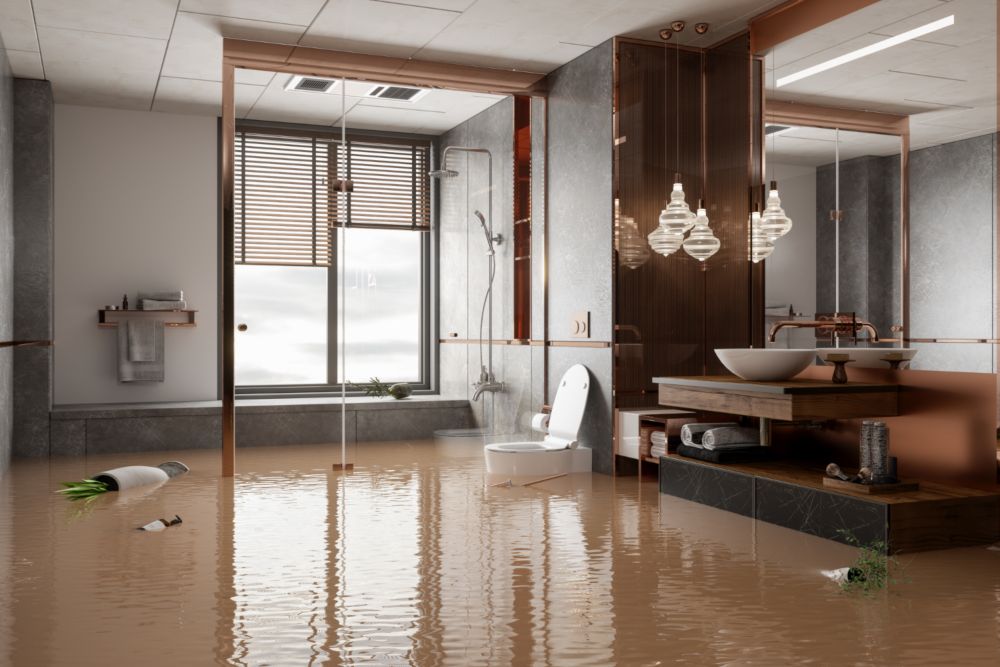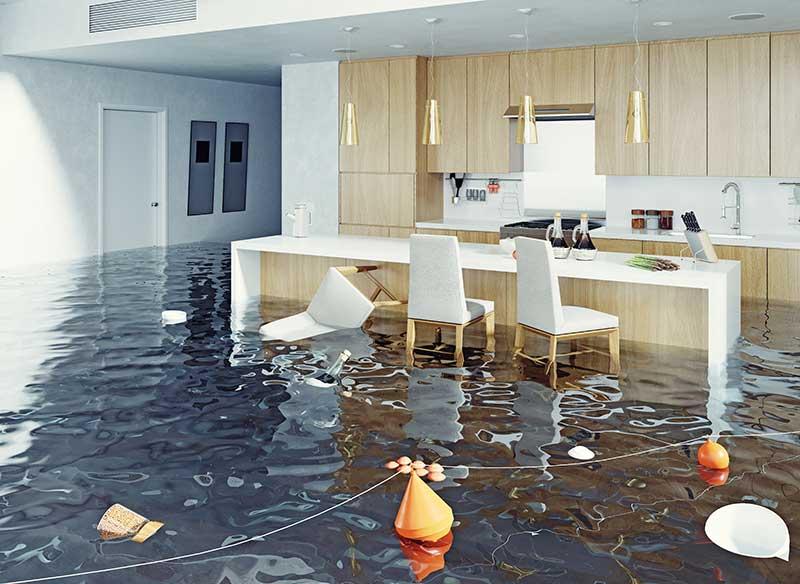Swift Water Damage Restoration Philadelphia: Your Trusted Recovery Partner
Emergency Situation Water Damages Restoration: Swift Action to Lessen Additional Damage
What specifically does emergency water damage reconstruction require? By comprehending the seriousness and detailed nature of this process, you will gain valuable insights into just how specialists take on emergency situation water damages, guaranteeing a swift and effective response.
Significance of Swift Feedback

One of the major factors speedy reaction is vital in water damage repair is to protect against the development of mold and mildew and mildew. Mold and mildew can start to grow within 24 to 2 days of water exposure, and as soon as it holds, it can spread rapidly throughout the damaged location. Mold and mildew not only triggers additional damage to the structure of the structure however likewise positions health and wellness risks to occupants. By responding quickly, specialists can completely dry the location and prevent the growth of mold and mildew, lessening the requirement for substantial remediation and making certain the security of those involved.
In addition, a timely feedback can aid salvage and restore useful belongings and belongings. Water damage can be ravaging, particularly when it affects personal items of nostalgic or financial worth. Performing promptly allows professionals to analyze the damages and carry out appropriate repair techniques to recover as long as feasible. This not just helps to minimize economic losses however also brings assurance to those impacted.
Assessing the Degree of Damage
To efficiently deal with the consequences of water damage, it is vital to quickly examine the level of the damage caused upon the damaged location. Assessing the extent of water damage is an important action in the remediation procedure as it aids reconstruction specialists determine the suitable program of activity and create a reliable restoration plan.
Throughout the evaluation, remediation experts extensively check out the affected location to determine visible indications of damage, such as water stains, distorted materials, and mold growth. They also utilize specialized tools to spot surprise damage, such as moisture meters and thermal imaging cameras (mold inspection philadelphia). This comprehensive evaluation allows them to properly establish the level of the damage and develop a tailored restoration strategy
Assessing the level of water damage is essential since it assists experts prioritize their efforts. They can recognize locations that need immediate interest, such as standing water elimination and drying out, to avoid more damage and lessen the danger of mold and mildew growth. They can likewise identify the areas that require fixings or substitute, making sure that no damage goes undetected or untreated.
Additionally, a detailed assessment offers important details for insurance coverage purposes. It aids house owners and insurance insurers comprehend the scope of the damage, which is essential for filing precise insurance policy claims and getting the suitable protection.
Water Removal and Drying Process

The water extraction and drying click now out procedure is a crucial step in water damages restoration, as it involves the removal of excess water and the extensive drying of the affected area to avoid additional damages and mitigate the threat of mold and mildew development. After analyzing the degree of the water damage, the following action is to remove the water from the damaged location.
This action is vital in protecting against secondary damage, such as structural damages and the development of mold and mildew. The drying procedure may take several days, depending on the degree of the water damages and the materials entailed.
It is very important to guarantee that the affected location is totally dry prior to waging any type of repair work or restoration. Failing to extensively dry the location can cause lasting concerns, consisting of weakened structures, musty odors, and the development of mold and mildew and mildew. As a result, expert water damage restoration firms employ dampness discovery devices to guarantee that the damaged area is totally dry before continuing to the next step.
Mold And Mildew Avoidance and Removal

To avoid mold growth, it is vital to deal with water damages promptly. The initial step is to determine and fix the source of the water breach. Once the source is taken care of, the afflicted area must be completely dried to stop dampness from remaining. This might entail making use of dehumidifiers, air movers, and other specific devices to remove excess moisture from the air and surfaces.
In situations where mold and mildew development has already taken place, removal is needed to eliminate the mold and mildew and avoid its return. This includes the mindful removal and disposal of damaged materials, such as drywall or rug, to ensure that all traces of mold are eliminated - leak detection philadelphia. It is very important to note that mold removal should be carried out by professionals who have the this contact form needed training and tools to securely deal with and remove mold
Restoring the Affected Area
After dealing with mold avoidance and removal, the next essential step in water damage repair is bring back the affected area to its pre-damage problem. This step includes an extensive process to guarantee that all traces of water damage are removed and the damaged location is completely repaired.
First of all, it is necessary to thoroughly dry the location to avoid any further damages and to inhibit the development of mold and mildew. This might involve the use of specialized drying out tools, such as dehumidifiers and industrial-grade followers, to remove all wetness from the affected surface areas.
Once the area is entirely dry, the restoration procedure can begin. This might involve changing or fixing damaged architectural aspects, such as drywall, ceiling, or flooring floor tiles. It is necessary to resolve any kind of underlying issues that might have created the water damages, such as leaky pipes or faulty plumbing, to stop future cases.
In addition, restoring the afflicted location may also include painting wall surfaces, changing damaged components, and extensively cleaning and disinfecting the area. This makes certain that not just is the area structurally sound, but it is additionally visually pleasing and risk-free for tenancy.
Conclusion
Examining the level of damages permits for effective water removal and drying procedures to be executed. Generally, timely action and complete remediation actions are vital to minimizing the adverse impacts of water damage.
Swift feedback is of utmost value in water damage reconstruction to decrease more damage and mitigate prospective risks.Throughout the evaluation, restoration professionals extensively examine the damaged area to determine noticeable indications of damages, such as water stains, deformed materials, and mold growth.The water extraction and drying out procedure is a critical step in water damages remediation, as it entails the elimination of excess water and the thorough drying out of the affected area to stop additional damages and minimize the threat of mold and mildew development. After examining the extent of the water damage, the next action is to remove the water from the damaged area. leak detection philadelphia.Reliable mold and mildew avoidance and remediation are vital in water go damages restoration to make certain the safety and security and integrity of the afflicted area